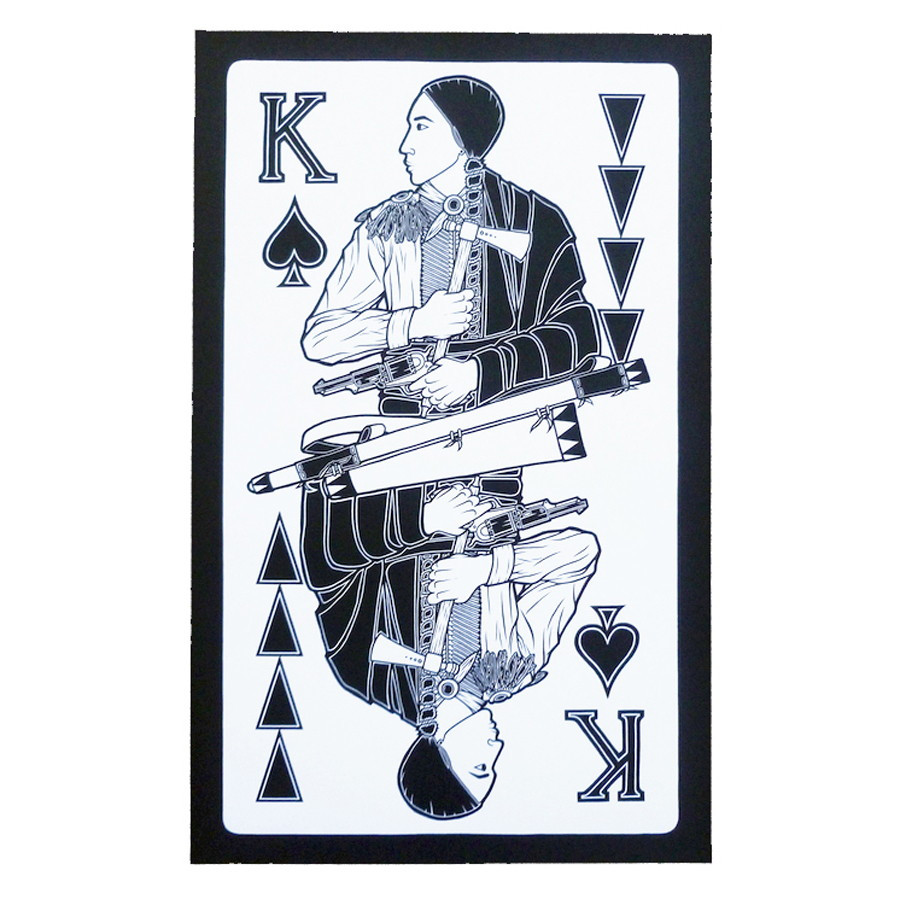Fashionable people doing questionable things
Cultural appropriation isn’t okay
Browsing through the photos from this year’s Coachella and Bonnaroo music festivals confirm one thing for sure: that cultural appropriation in fashion’s not just a trend that will go away by merely wishing it away. In two thousand and freaking fourteen there are still people that need to be told by electric pow wow band, A Tribe Called Red, not to show up to their shows wearing headdresses. There are still people who cross the line between appropriation and inspiration by plastering their foreheads with bindis and wearing ‘kimonos’. I just read a post on an expensive boug-hemian (a term I just invented for bougie bohemian) store’s blog featuring a white model explaining how to create dreadlocks.
Thanks to people of varying cultures and their allies, people are speaking up and educating others who wear items that steal from a culture’s identity - often from a discount, fast-fashion chain. Despite the people who just Do Not Care to Get It, there are a bunch of folks who do want to know better so that they can do better. Remember, culture should never be a trend or a costume. These things are part of people's identities and oftentimes, they've been made to feel like outsiders for wearing and eating certain things or partaking in certain parts of their culture. It's a privilege to be able to put on a bindi, turban, or headdress without ridicule or consequence and still maintain all of your privilege. It's not fair that you get to 'dress up' in a cultural costume for a day. It’s easy to identify which items are hella appropriative, but how to figure out what isn’t?
1) What’s it called?
Does its name rely on a sweeping generalization of a culture or style for its name? Is that shirt being described as ‘tribal’ print or 'African' print? If so, then the item you’re about to buy/put on is probably appropriative. Unless something has been produced by an actual member of a First Nation, region, or culture and is genuinely representative of a traditional design or pattern then it’s banking on stereotypes. Pass.
2) Who makes it?
Is it made by a fashion chain or clothing company who aren’t owned by people who aren’t from the same culture the clothing is supposed to be? If your dreamcatcher earrings or shirt proclaiming that your ‘sprit animal is hungry’ is made by people who also sell other kitschy knick knacks, it's probably not authentic. If it's not authentic, you can't be sure the item's not restricted or sacred in the culture of its origin. This is how things that are significant like war bonnets or traditional tattoos get completely offensively exploited. Understand and honour the piece instead of just thinking it's pretty.
Look instead for pieces done in conjunction with the appropriate artists of heritage, or even better, pieces made by artisans.
For Indigenous jewelry, try: Mourning Dove Native by Shio Waline
Shio makes gorgeous and affordable jewelry made from turquoise and other gorgeous minerals with a native twist from her home in Arizona, endorsed by the ever-stylish Lisa Charleyboy of Urban Native Magazine.
https://www.etsy.com/ca/shop/MourningDoveNative#
For moccasins and mukluks: Manitobah Mukluks
Made by and employing Indigenous artisans right here in Manitoba, this footwear is made according to Metis tradition - from the beading to the leathers and furs.
Also:
Published in Volume 68, Number 28 of The Uniter (July 2, 2014)





